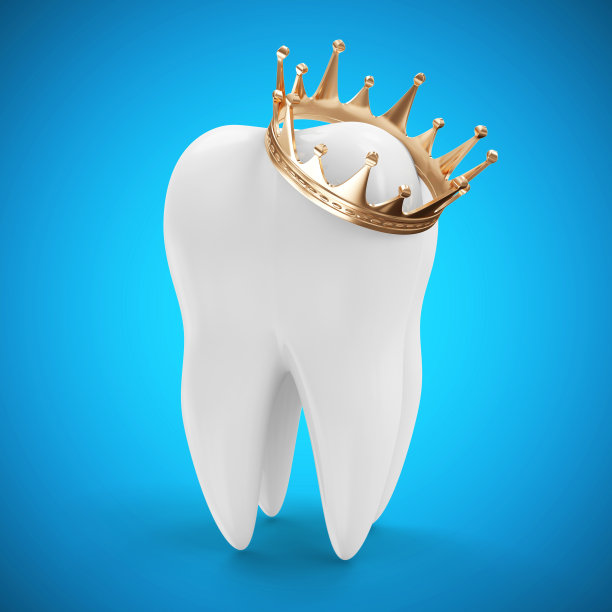Understanding the Process and Importance of Extracting a Tooth for Optimal Oral Health Management
Summary: Understanding the process and importance of tooth extraction is crucial for effective oral health management. This article delves into the reasons why tooth extraction may be necessary, the systematic process involved in the procedure, the potential risks and complications, and how the recovery phase significantly contributes to optimal oral well-being. By following the guidelines described, patients can better appreciate the necessity of tooth extraction and recognize its role in preventing further dental issues. Ultimately, recognizing the importance of this procedure empowers individuals to prioritize their oral health management effectively.
1. Reasons for Tooth Extraction

Tooth extraction may become necessary for various reasons, the first being dental decay. When a tooth is compromised beyond repair due to extensive cavities or severe decay, extraction may be the only viable option to alleviate pain and prevent infection. Dental decay not only affects the tooth itself but can spread to surrounding teeth and gums, leading to more significant health issues.
Another common reason for tooth extraction is gum disease. Periodontal disease can result in the loosening of teeth, making them prone to extraction. If left untreated, gum disease can lead to tooth loss and the potential spread of infection throughout the mouth and jaw.
In some cases, overcrowding can necessitate tooth extraction, especially in preparation for orthodontic treatment. When there is insufficient space for teeth to align properly, an orthodontist may recommend the extraction of one or more teeth to achieve an optimal arrangement. This approach ensures that the remaining teeth can function adequately and provides a foundation for eventual teeth straightening.
2. The Tooth Extraction Process
The extraction process begins with a thorough dental examination, often accompanied by imaging tests like X-rays. These steps allow the dentist to evaluate the condition of the tooth and the surrounding structures, determining the most effective extraction method. This preparatory phase is crucial for identifying any potential complications or the need for additional procedures.
Once the assessment is complete, the dentist will anesthetize the area around the tooth to ensure the procedure is painless. Local anesthesia is typically used for straightforward extractions, while more complicated cases may require sedation or general anesthesia. Ensuring patient comfort is a top priority during the procedure.
After anesthesia takes effect, the dentist will carefully extract the tooth. This may involve loosening the tooth with dental instruments before removing it from the socket. Following the extraction, the dentist will provide post-operative care instructions to promote healing and address any potential issues that may arise.
3. Risks and Complications of Extraction
While tooth extraction is a common dental procedure, it carries some risks and complications that patients should be aware of. One potential risk is the chance of infection at the extraction site, which can lead to complications if left unattended. Patients are advised to monitor the area and maintain good oral hygiene practices to minimize this risk.
Another concern is dry socket, a painful condition that occurs when the blood clot at the extraction site dislodges or dissolves prematurely. This situation can lead to prolonged discomfort and requires additional treatment. Awareness of this condition can help patients take preventive measures during the healing phase.
In rare cases, nerve damage can occur during extraction, particularly with lower wisdom teeth. This can lead to numbness or tingling in the lips, tongue, or chin. While most patients recover fully, some may experience lasting effects, which underscores the importance of choosing an experienced dental professional for the procedure.
4. Recovery After Tooth Extraction
The recovery phase post-extraction is essential for ensuring optimal healing and minimizing complications. Initially, patients should rest and avoid strenuous activities for the first few days after the procedure. This allows the body to focus on healing and helps prevent unnecessary strain on the extraction site.
Follow-up care is vital, including adhering to prescribed pain management and antibiotic regimens. Patients should also pay close attention to their dietary choices, opting for soft foods and avoiding hard or crunchy items that could disturb the healing area. Adequate hydration and nutrition are essential for facilitating recovery.
Finally, regular check-ups with the dentist after the extraction are vital for monitoring the healing process. Any concerns that arise, such as unusual pain or signs of infection, should be promptly addressed by the dental professional. Insights gained during this period can help reinforce the importance of following oral health management practices to avoid future tooth extractions.
Summary:
This article highlights the significant aspects of tooth extraction, from the reasons necessitating the procedure to the process, risks, and recovery phase. Understanding these elements empowers patients to take proactive measures in their oral health management and appreciate the necessity of professional dental care.
This article is compiled by Vickong Dental and the content is for reference only.



